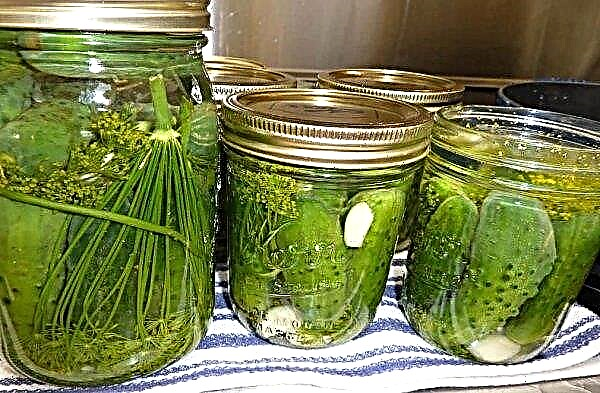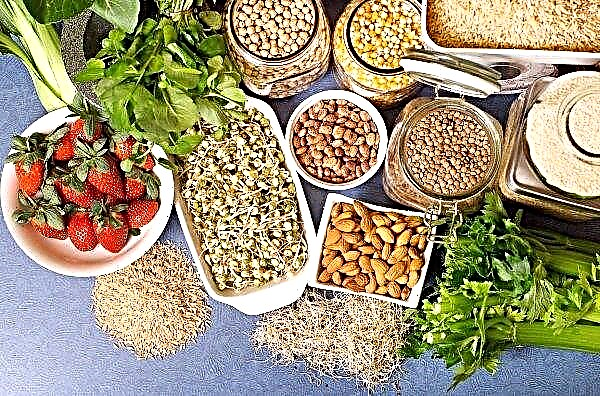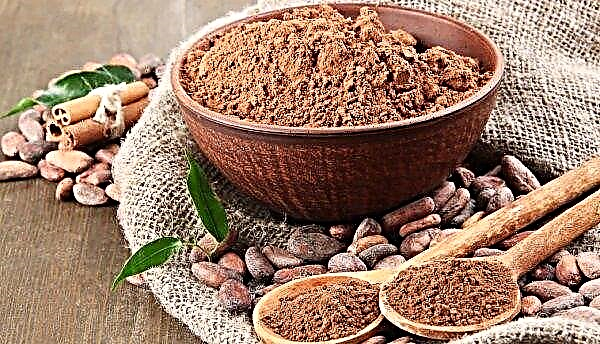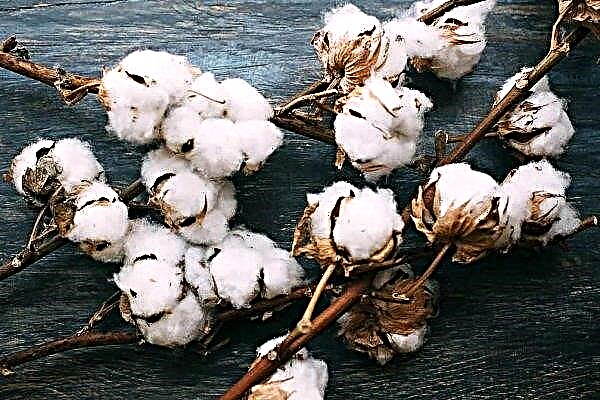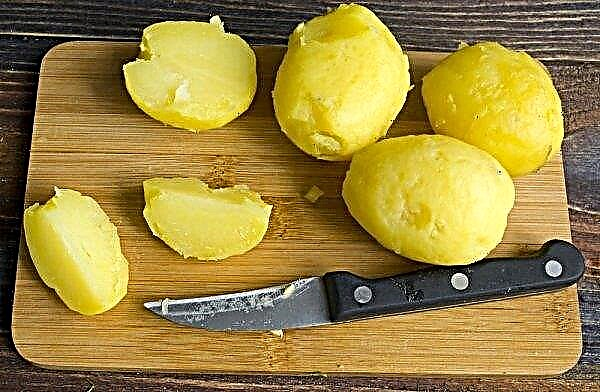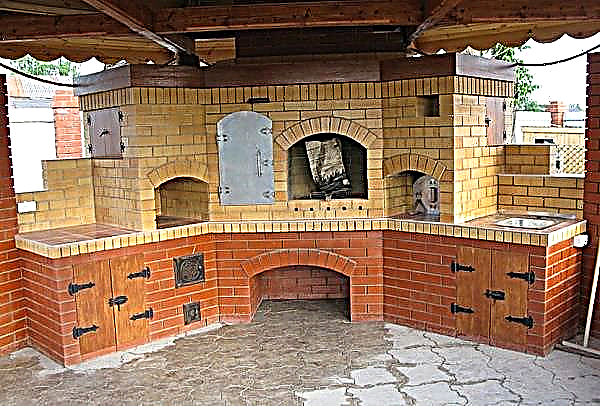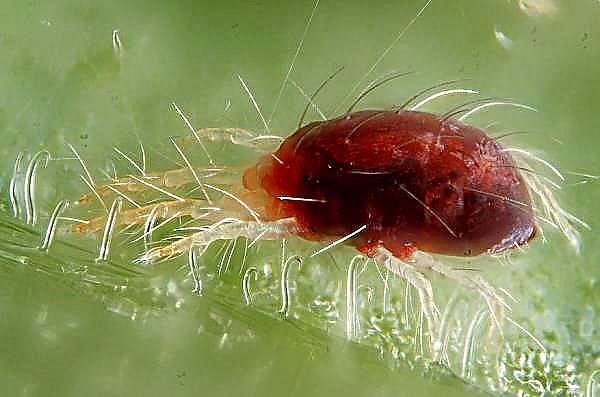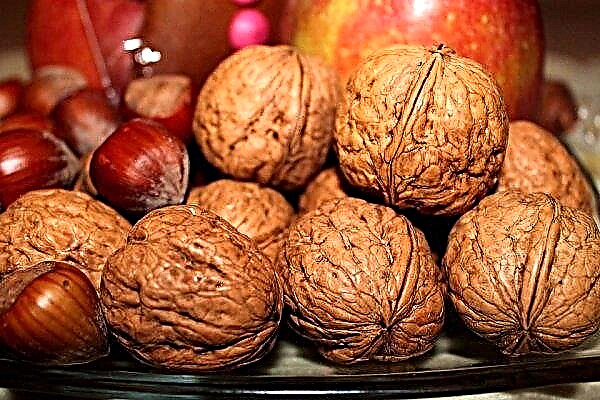Since ancient times, people have resorted to the help of medicinal plants in the treatment of various ailments. One of the oldest healing agents is pine resin. What is its usefulness, what properties it has and in what areas it is applied will be considered later.
Zhivitsa, how it is useful and why it is collected
Pine resin, or, as it is also called, resin, is a true gift of nature, due to its rich composition. The use of pine resin is diverse, on an industrial scale, it is collected for oiling joints in the construction or manufacture of wooden structures. And its spectrum of application in folk and traditional medicine is especially wide as a natural antiseptic, healing and immunostimulating agent. For these purposes, tinctures, decoctions, balms, therapeutic chewing gums are prepared from gum.

Medicinal properties and use in various diseases
The resinous substance secreted by pine and other conifers, such as cedar, larch, fir, is used to treat and prevent various diseases. The healing properties of these plants are recognized by official medicine. Industrial extraction of gum is aimed, including the supply of raw materials to manufacturers of various ointments and tinctures. In folk medicine, there are also many ways to use this substance at home.
Did you know? According to the results of a number of environmental studies, about 500 microbes are in 1 cubic meter of air in a pine forest, while in the city, with a similar measurement, this figure exceeds 35 thousand.
Varicose veins
Zhivitsa is used as a means of promoting blood thinning with thrombosis, venous stasis of blood, varicose veins. In addition, the substance helps to relieve pain, relieve swelling. In this case, they use a 20% oil balm for external use, bought at a pharmacy or prepared independently. For home cooking you will need resin and any refined vegetable oil in a ratio of 20% to 80%, respectively.

The oil is heated to 50 ° C and the wood resin is diluted in it until completely dissolved. It is better to store the finished product in the refrigerator in a tightly closed clean bottle. If the product is made on the basis of refined oil, then it retains its properties for 1 year, if unrefined was used, then the shelf life of the solution is only 3 months. The resulting balm is applied twice a day to the affected areas of the legs, gently rubbing.
Important! Resins of all conifers are suitable for preparing solutions, balms and tinctures, but pine and cedar give the greatest effect.
Hemorrhoids
Pine resin is known for its ability to heal wounds. Many supporters of traditional medicine recommend using it to treat hemorrhoids and anal fissures in the form of self-prepared rectal suppositories. However, such a tool may be unsafe in the presence of bleeding, so doctors advise not to experiment and use pharmacy products (ointments, suppositories), made on the basis of purified raw materials.

For quick healing of anal fissures, you can use pine lotion-based medicinal lotions. To do this, it is mixed in equal proportions with heated sea buckthorn oil. In the resulting composition, gauze tissue is moistened, which is then applied for 15-30 minutes to the affected area. Lotions can be applied twice a day after the toilet and hygiene procedures.
Cough and Cold
Pine juice is known for its unique bactericidal effect, so it is often used as a medicine for colds, coughs, tonsillitis. To alleviate coughing and reduce inflammation in the throat, gum in the amount of 50 mg is slightly softened with hot water (if the resin has remained elastic, you can do without adding liquid), then mixed with sugar until a thick dough is obtained and lozenges are formed to dissolve, slightly larger than a pea .

Pine or fir resin is also added to inhalation solutions in the treatment of respiratory diseases. In the water prepared for the procedure, add 3-5 drops of gum oil solution (pharmacy or prepared independently) and inhale the steam for at least 10 minutes.
Joint diseases
Another valuable feature of pine resin is its ability to relieve joint pain and inflammation. That is why it is very often used in the treatment of osteochondrosis, arthrosis and other diseases of the musculoskeletal system.
To do this, grind from equal parts of the resin, vodka (or diluted with water medical alcohol) and purified vegetable oil. The resulting mixture is insisted for a week, shaking regularly, after which painful areas are rubbed. This tool can also be added to the baths for joints, such a complex application gives the best effect.

For acne
With problem skin, pine resin helps relieve inflammation and avoid the spread of acne. For these purposes, apply a 20% oil solution, the recipe of which is described above, or balm sold in a pharmacy.
Important! In case of individual intolerance during cosmetic procedures, a burning sensation or rash may appear, in such cases, you should immediately stop using the drug.
Wash your face with hot water to steam the skin, then rinse with cool, then apply the product on dry skin in problem areas and rub it lightly. In cosmetology, they use special oil based on pine resin. It is added to creams and masks, and also used to massage the skin of the face and décolleté in its pure form.

Prostatitis
Few people know that since ancient times cedar resin was used as a means to restore male potency. Pine resin, on the other hand, helps prevent and improve the treatment of prostatitis and prostate adenoma due to the specific resin acids in its composition.
At the same time, it is recommended to take inside a tincture made from a teaspoon of raw materials and 0.5 l of vodka. The product is insisted for 5-7 days in a dark place, then in the refrigerator. You need to take 3 tablespoons twice a day, while eating.

Burns
The high content of vitamins A and E in the resin determines its ability to quickly relieve pain during skin burns, reduce inflammation and accelerate tissue regeneration. To do this, prepare a special ointment: in equal proportions, melted lard, pine resin and sea buckthorn oil are mixed. The resulting mixture is applied to the burn, then a bandage is applied for 1 hour, repeating the procedure three times a day for 3-4 days.
With psoriasis
Pine juice is part of many pharmaceuticals for the treatment of psoriasis, eczema and other skin diseases. An ointment for psoriasis can be prepared at home. For this, fresh juice is mixed with sea buckthorn oil in a ratio of 2: 1 and boiled for 3-4 minutes.
 The resulting composition is cooled and lubricated with affected skin at least 2 times a day.
The resulting composition is cooled and lubricated with affected skin at least 2 times a day.
From stomach ailments
The bactericidal properties of pine juice allow it to be used for the complex treatment of gastritis, stomach ulcers, heartburn. In this case, a tincture of 50 grams of resin and 0.5 liters of vodka is used. Tincture is prepared within 5-7 days. The finished medicine is taken orally by a tablespoon 40-60 minutes before eating 3 times a day. To relieve pain in the stomachs with gastritis, you can simply chew and dissolve a piece of resin.
From fungus
Antifungal therapy is always associated with the use of a large number of different, quite aggressive drugs. However, pine juice can significantly improve skin condition and accelerate the growth of healthy nails no worse than many expensive pharmacy creams. Most often, a 20% oil solution of gum, described in the previous paragraphs, is simply applied to the affected areas three times a day.
 For a radical effect, it is mixed with vinegar essence in equal proportions, boiled for 5 minutes and then applied to the skin and nails.
For a radical effect, it is mixed with vinegar essence in equal proportions, boiled for 5 minutes and then applied to the skin and nails.
From thrush
Pine resin is used even in gynecology. In particular, it is useful for the treatment of thrush and cervical erosion. To do this, it is recommended to buy a ready-made, purified gum oil balm in the pharmacy, in which tampons are moistened and injected into the vagina once a day at night. Treatment is carried out with a 10-day course, which begins 7-10 days after the completion of menstruation.
How to get resin from pine
Each person at least once managed to see amber resinous drops on a tree trunk. Many people wonder how the resin is collected and whether it can be done independently without special skills.
Did you know? The oldest pine tree in the world is a tree called Metusela, whose age is about 4900 years. Its location is hidden to protect and preserve the plant.
For the extraction of resin (sweeps) on an industrial scale, technology is used with the use of special tools, with which they make notches on the trunk, experts call it hoists. From large volumes of resins, enterprises produce medicines, turpentine, rosin, tar oils for cleaning machines.
For home use, you can get tar using improvised tools, and this task is not too difficult:
- First of all, you need to choose a site located far from the roadway and large settlements, prepare a sharp knife, a collection container (a can can do) and a rope.
- The tree should not be too young, it is better to opt for one that already has damage to the bark, so as not to injure a healthy trunk.
- An incision is made on a protracted wound or under one of the branches, the can is attached to the trunk so that the resin released from it flows into it. From one tree you can collect about 1.5 liters of juice without harming it. It is not recommended to injure the same tree several times so that it does not die.
- It is best to collect resin in the summer, from mid-May to early September. It is necessary to store the collected raw materials in a closed jar in a dark place. The product does not lose its properties, but during long-term storage it crystallizes and hardens, which makes its use difficult.

So, having studied the features, composition and properties of pine resin, we can safely say that this product is a unique tool that can not only successfully deal with various ailments, but also strengthen the immune system. The wide scope of the application of resin is the validity of this conclusion.

